Glass Frogs
- March 27, 2024
- 0 comment
Glass frogs, unique amphibians inhabiting the lush rainforests of Central and South America, are renowned for their remarkable translucent skin. Their bodies, particularly the abdominal area, are semi-transparent, offering a fascinating glimpse into their internal organs. These frogs typically display bright green coloration on their dorsal side, blending seamlessly with the surrounding foliage. Despite their small size, ranging from 1 to 3 inches in length, glass frogs exhibit intricate patterns and markings on their skin, adding to their aesthetic appeal. Found primarily in humid tropical forests, glass frogs are arboreal creatures, spending much of their time in trees and shrubs along streams and rivers.
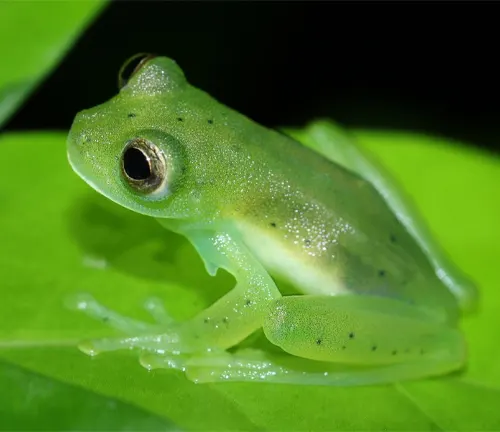
They play crucial roles in ecosystem dynamics, serving as both predators and prey, and are excellent indicators of environmental health. Their unique reproductive habits, including elaborate courtship displays and parental care, have captivated the interest of scientists and nature enthusiasts alike. However, like many amphibian species, glass frogs face threats such as habitat loss, pollution, and climate change, highlighting the need for conservation efforts to safeguard their future.
Glass Frogs Characteristic
| Specification | Description |
|---|---|
| Scientific Name | Family: Centrolenidae |
| Genus: Centrolene, Cochranella, Hyalinobatrachium, and others | |
| Habitat | Tropical rainforests of Central and South America |
| Distribution | Costa Rica, Ecuador, Colombia, Panama, and other regions |
| Size | Typically 1 to 3 inches (2.5 to 7.6 centimeters) in length |
| Skin | Semi-transparent, particularly on the abdominal area |
| Coloration | Bright green on the dorsal side |
| Behavior | Arboreal, spending time in trees and shrubs near water bodies |
| Reproduction | External fertilization; eggs laid on leaves overhanging water |
| Parental Care | Male guards eggs and keeps them hydrated through urination |
| Ecological Importance | Indicator species for ecosystem health; prey and predator |
| Threats | Habitat loss, pollution, climate change, infectious diseases |
| Conservation Status | Varies by species; many are considered threatened or endangered |
A Closer Look at Nature’s Transparent Wonders
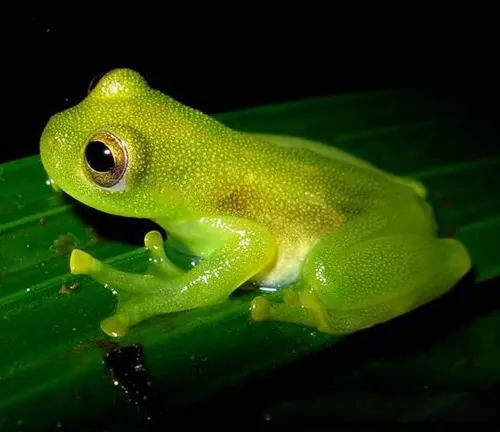
Glass frogs, a unique and fascinating species, inhabit the lush rainforests of Central and South America. Their translucent bodies, striking green coloration, and peculiar behaviors have captivated the attention of scientists and nature enthusiasts alike. In this article, we delve into the world of glass frogs, exploring their physical characteristics, habitat, behaviors, ecological importance, conservation status, and the human fascination surrounding these remarkable amphibians.
Glass frogs, belonging to the family Centrolenidae, are a group of amphibians known for their semi-translucent abdominal skin, revealing their internal organs. These frogs are primarily found in the tropical rainforests of Central and South America, particularly in countries such as Costa Rica, Ecuador, and Colombia.
Physical Characteristics
Transparent Skin
One of the most distinctive features of glass frogs is their transparent abdominal skin, which allows observers to see their internal organs, including the heart, liver, and digestive tract. This unique adaptation serves several purposes, including camouflage and thermoregulation.
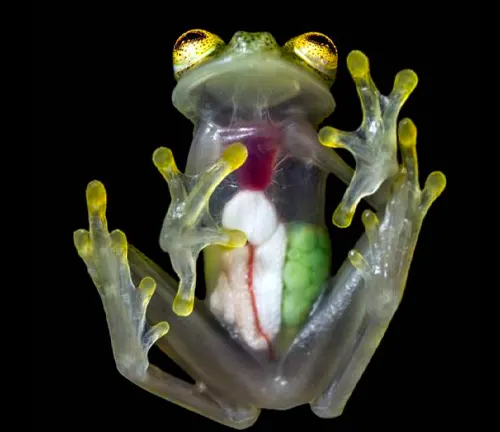
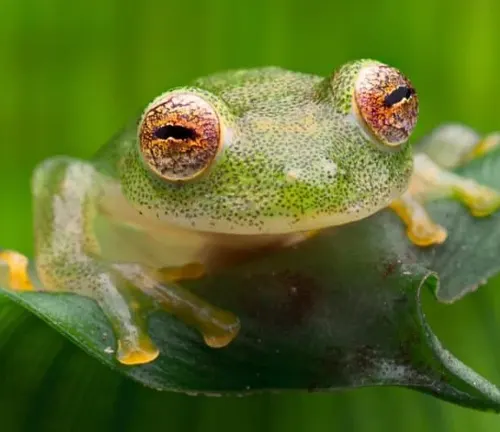
Size and Appearance
Glass frogs typically have bright green skin on their dorsal side, blending in with the surrounding foliage. They are relatively small, with most species ranging from 1 to 3 inches in length. Despite their small size, these frogs exhibit intricate patterns and markings on their skin, adding to their aesthetic appeal.
Habitat and Distribution
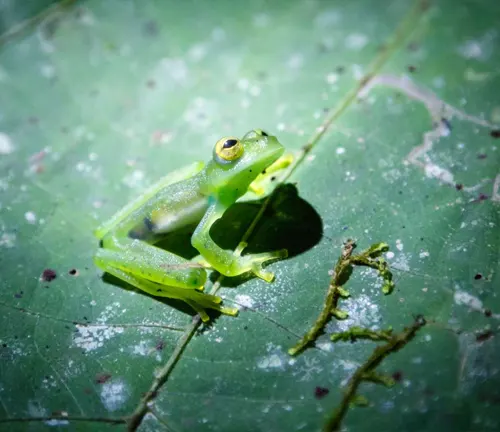

Glass frogs are predominantly arboreal, meaning they spend the majority of their lives in trees and shrubs along the banks of streams and rivers. They are highly sensitive to changes in their environment, making them excellent indicators of ecosystem health. These frogs are most commonly found in humid tropical forests, where they rely on the availability of water for breeding and survival.
Unique Behaviors
Reproductive Habits
Glass frogs are known for their unique reproductive habits, which involve intricate courtship displays and parental care. During the breeding season, males vocalize to attract females, engaging in elaborate mating rituals. Once a female selects a mate, she lays her eggs on the undersides of leaves overhanging streams, where the male fertilizes them externally.
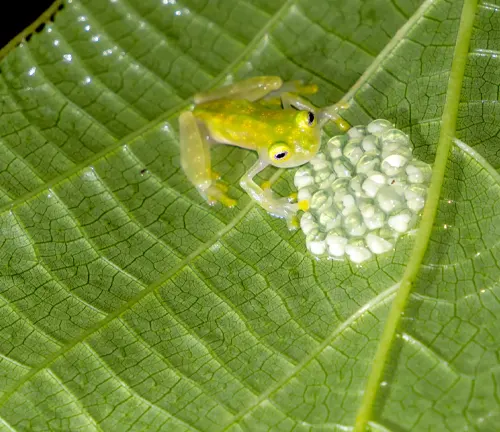

Parental Care
After the eggs are laid, male glass frogs play an active role in parental care, guarding the clutch and keeping the eggs hydrated by periodically moistening them with urine. This behavior, known as “urohydrosis,” helps prevent desiccation and protects the developing embryos from predators.
Importance in Ecosystem
Glass frogs play a vital role in maintaining the balance of their ecosystems. As both predators and prey, they contribute to the regulation of insect populations and serve as indicators of environmental health. Their presence indicates the presence of clean water sources and suitable habitat conditions, making them valuable subjects for conservation efforts.
Conservation Status
Despite their ecological importance, many species of glass frogs are facing threats due to habitat loss, pollution, climate change, and the spread of infectious diseases. Deforestation, in particular, poses a significant risk to these amphibians, as it fragments their habitat and disrupts critical breeding sites.
Conservation efforts aimed at protecting glass frog populations include habitat restoration, establishment of protected areas, and public awareness campaigns. By raising awareness about the importance of preserving their habitat, we can help safeguard the future of these unique creatures for generations to come.
Human Fascination and Research
Human fascination and research surrounding glass frogs are extensive and diverse, driven by their unique characteristics and ecological importance. Scientists and enthusiasts alike are captivated by these amphibians for several reasons.
Firstly, the translucent nature of glass frogs’ skin has fascinated researchers for decades. Their semi-transparent abdominal skin allows for a rare glimpse into their internal organs, providing valuable insights into their physiology and anatomy. This transparency has made them ideal subjects for studies in developmental biology, physiology, and biomedical research.
Moreover, glass frogs exhibit intriguing behaviors, particularly during the breeding season. Their elaborate courtship displays, including vocalizations and physical interactions, have sparked interest in understanding their reproductive biology and mating strategies. Researchers study these behaviors to uncover the mechanisms behind mate selection, territoriality, and parental care.
Additionally, glass frogs play essential roles in their ecosystems, making them subjects of ecological research. As indicators of environmental health, changes in glass frog populations can signal shifts in habitat quality and ecosystem dynamics. Scientists study their habitat preferences, population trends, and interactions with other species to assess the overall health of tropical rainforest ecosystems.
Conservation efforts also drive research on glass frogs, as many species face threats such as habitat destruction, pollution, and climate change. Scientists work to identify key habitats, assess population statuses, and develop strategies for habitat conservation and species protection. Understanding the ecological requirements and population dynamics of glass frogs is crucial for implementing effective conservation measures.
Different Species
Hyalinobatrachium valerioi
Found in Central and South America, including Costa Rica and Panama, this species is known for its translucent skin and bright green coloration.

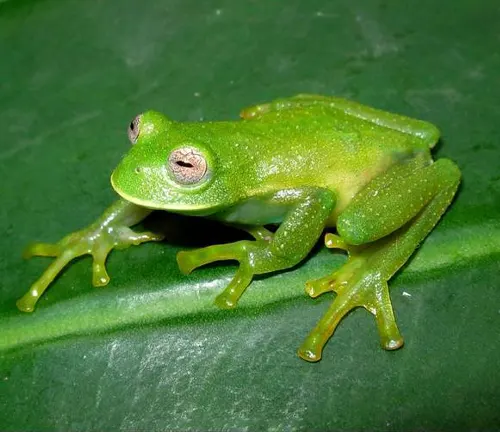
Centrolene buckleyi
Native to Ecuador and Colombia, Centrolene buckleyi is recognized for its distinctive heart-shaped liver and translucent appearance.
Cochranella granulosa
This species, commonly known as the Granular Glass Frog, is found in the Amazon rainforest of Ecuador, Peru, and Brazil. It features a granular texture on its skin and a translucent underbelly.
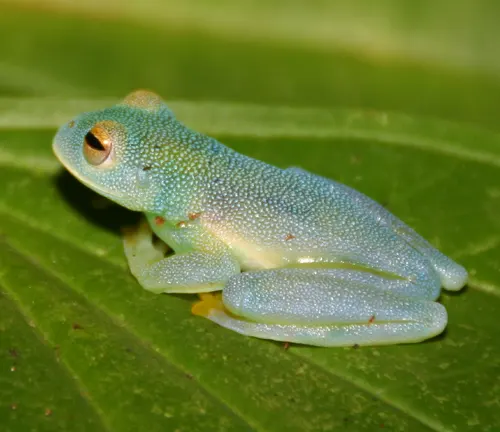
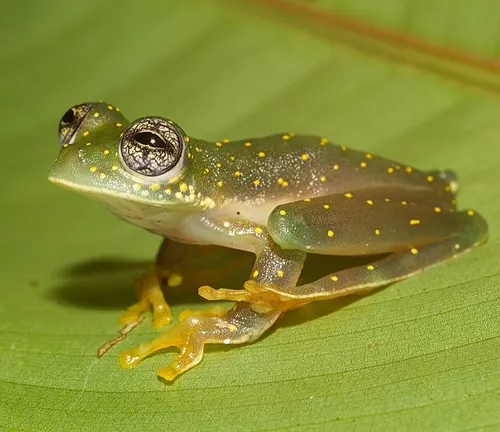
Sachatamia albomaculata
Found in Colombia and Ecuador, Sachatamia albomaculata is characterized by its green coloration with white spots and transparent abdominal skin.
Nymphargus griffithsi
Endemic to Ecuador, Nymphargus griffithsi is known for its bright green coloration and transparent abdominal skin, allowing observers to see its internal organs.
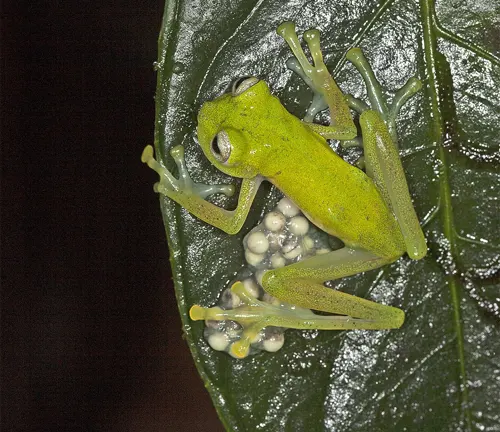
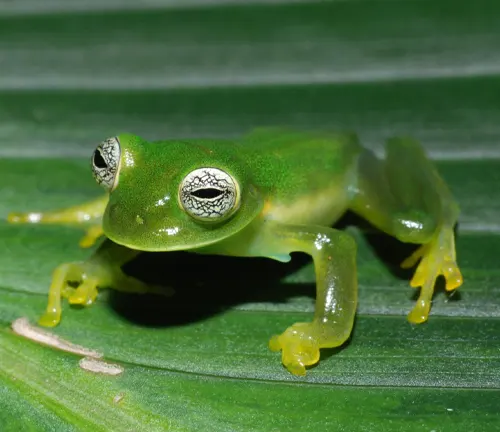
Espadarana prosoblepon
Native to Colombia and Venezuela, this species exhibits a vibrant green coloration with yellow markings and transparent skin on its underbelly.
Frequently Asked Questions (FAQs)
- What makes glass frogs transparent?
The transparency of glass frogs is primarily due to their thin, translucent skin, which allows light to pass through, revealing their internal organs. - How do glass frogs camouflage themselves despite being transparent?
Glass frogs typically have bright green coloration on their dorsal side, which helps them blend in with the surrounding foliage. This coloration provides camouflage against predators when viewed from above. - What do glass frogs eat?
Glass frogs primarily feed on small invertebrates such as insects, spiders, and other arthropods. They are opportunistic feeders and may consume a variety of prey depending on availability. - How do glass frogs reproduce?
Glass frogs reproduce through external fertilization. Females lay their eggs on the undersides of leaves overhanging streams or rivers. Males fertilize the eggs externally, and the male then guards the eggs until they hatch. - Do all glass frog species have translucent skin?
While most glass frog species have translucent abdominal skin, there may be variations among species. Some species may have less translucent skin or exhibit different degrees of transparency. - Are glass frogs endangered?
Many species of glass frogs are considered threatened or endangered due to habitat loss, pollution, climate change, and other human activities that impact their ecosystems. - What is the lifespan of a glass frog?
The lifespan of a glass frog varies depending on factors such as species, environmental conditions, and predation. In general, glass frogs may live for several years in the wild. - Do glass frogs make good pets?
Glass frogs are not typically kept as pets due to their specialized habitat requirements and the need for specific environmental conditions, such as high humidity and access to flowing water. - Are glass frogs poisonous?
While some species of frogs are toxic, not all glass frogs are poisonous. However, some species may possess mild toxins as a defense mechanism against predators. - Do glass frogs have predators?
Glass frogs have various predators, including birds, snakes, mammals, and larger amphibians. Their translucent skin may provide some level of camouflage, but they are still vulnerable to predation. - How do glass frogs communicate?
Glass frogs communicate primarily through vocalizations, which are used for mating rituals and territorial defense. Males often produce loud calls to attract females during the breeding season. - Do glass frogs have any cultural significance?
Glass frogs may hold cultural significance in regions where they are found, often featuring in local folklore, myths, and traditional stories as symbols of nature and environmental health. - How do glass frogs adapt to their environment?
Glass frogs have evolved various adaptations to thrive in their forest habitat, including their translucent skin for camouflage, specialized reproductive behaviors, and physiological adaptations for climbing and hunting. - What research is being conducted on glass frogs?
Researchers study various aspects of glass frogs, including their reproductive biology, ecological roles, behavior, genetics, and responses to environmental changes. Conservation efforts also involve monitoring populations and habitat protection. - Do glass frogs migrate?
Glass frogs are not known for long-distance migrations like some other amphibian species. However, they may move within their habitat in response to changes in environmental conditions or breeding behaviors.


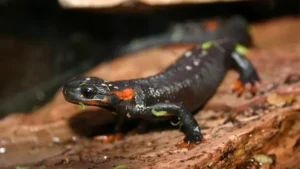
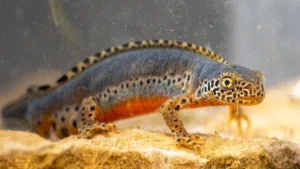
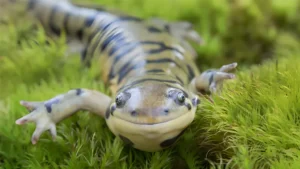
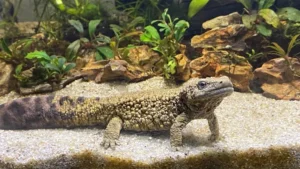
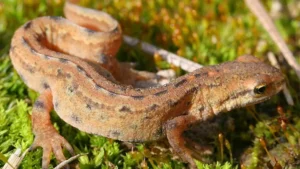
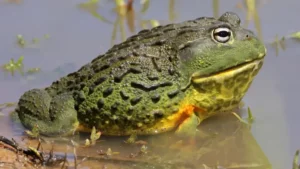
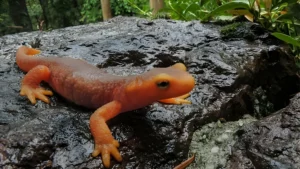
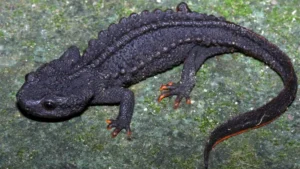

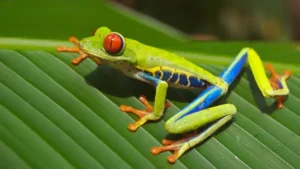

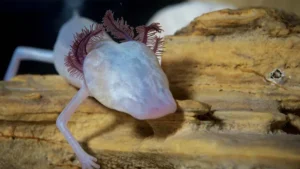
Leave your comment